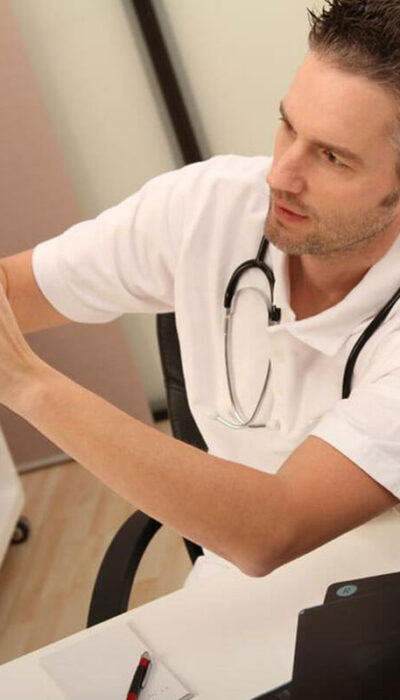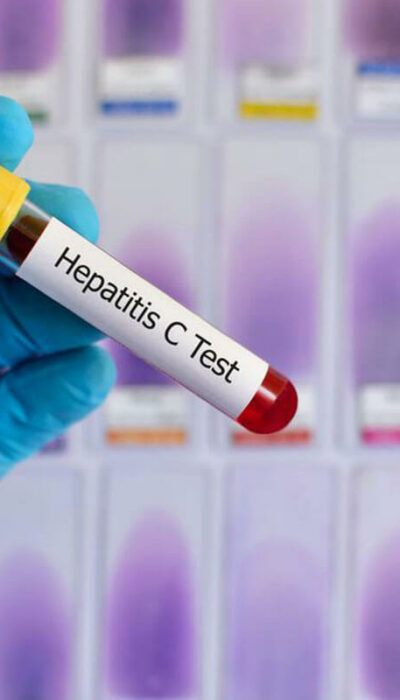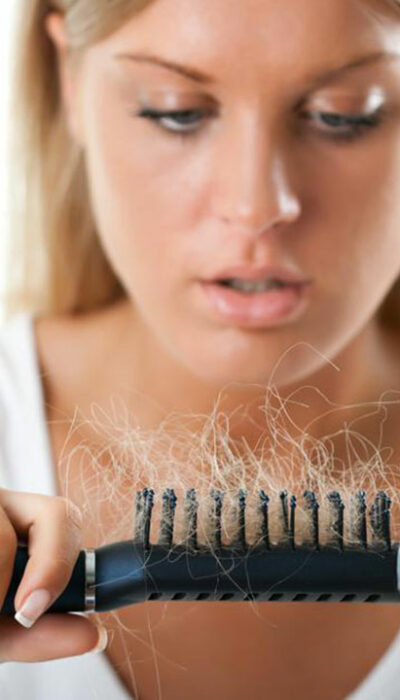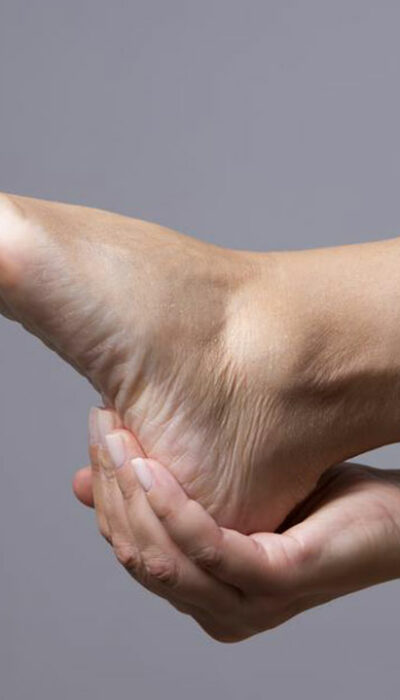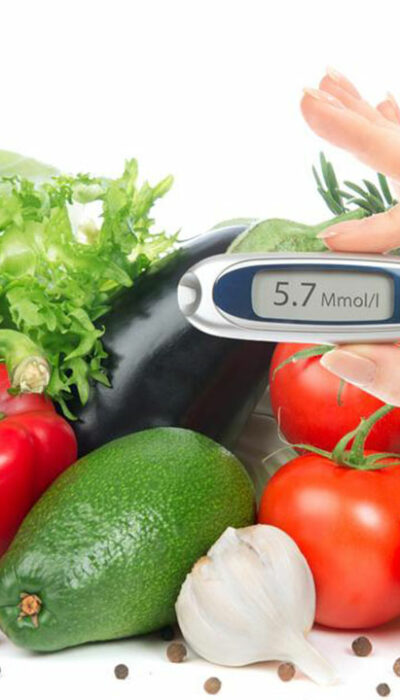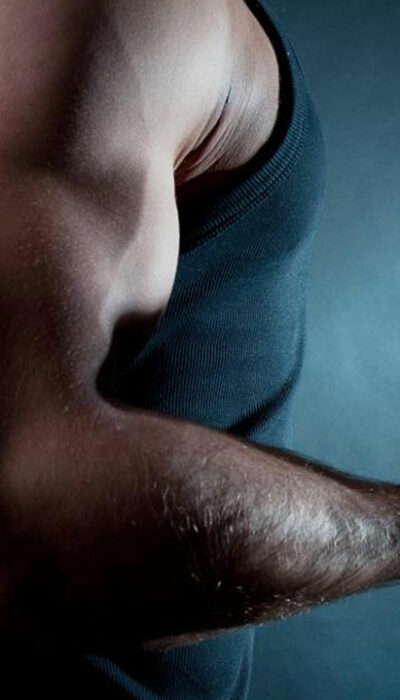
Healthy food choices to help manage dyskinesia
Dyskinesia is an involuntary movement that can either affect major muscle groups in the body or certain internal organs. Most commonly, it is observed as a long-term side effect of Parkinson’s disease. However, biliary dyskinesia that affects the gallbladder can also trigger severe sharp bouts of pain due to the involuntary movement. Dyskinesia can be managed with some necessary dietary changes given below: Dyskinesia in Parkinson’s Dyskinesia is a known symptom of the Parkinson’s disease that can also lead to a sudden increase in the daily calorie requirements. Note that a calorie deficit can trigger rapid weight loss among Parkinson’s patients. The best diet for dyskinesia must include bright-colored fresh fruits and vegetables including seasonal produce, which can restore nutritional balance. Berries, cranberries, pomegranate, and grapes rank among the top fruits. Foods rich in omega-3 fatty acids can also help manage the symptoms to some extent. Salmon, tuna, Mackerel, halibut, herring, and sardines are some seafood that are packed with omega-3. One can also add whole grains, legumes, and nuts as directed by the nutritionist to supplement fiber and aid digestion. Nutritionists also recommend continuing daily protein intake sourced from lean meats, fish, eggs, and dairy-free alternatives to build muscle and improve immunity. Proteins must also be balanced with carbohydrates taken from potatoes, rice, and bread among other substitutes. It is also important to drink plenty of water as it allows digestive systems to process foods and efficiently flush out toxins from the body. Biliary dyskinesia Dyskinesia in the gallbladder, the organ responsible for storing bile produced by the liver, is termed as biliary dyskinesia. The pain is often a result of the bile flowing back into the gallbladder due to a damaged sphincter duct connecting the small intestine. Although pain medications, NSAIDs, and surgery are some effective treatment options, here are some dietary changes that can help manage the condition.
